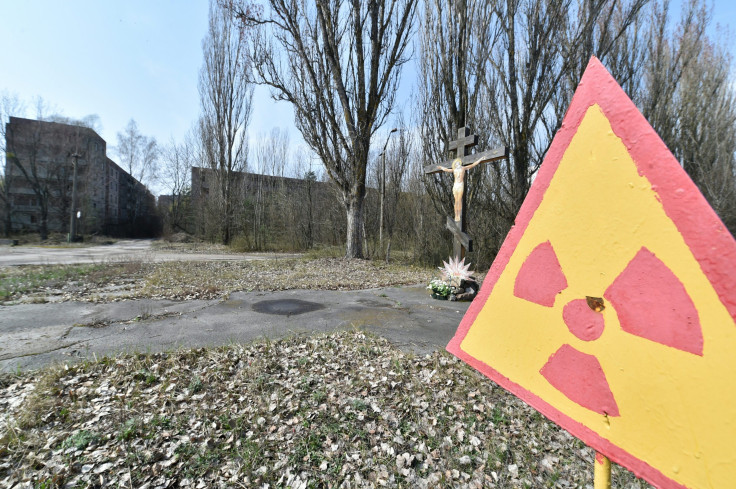Instagram Influencers Are Flocking To Chernobyl To Take The Perfect Picture

Chernobyl, the site of the world's most disastrous nuclear event, has recently become the hottest locale for Instagram influencers to take a selfie. These photos, which have included people wearing lingerie and hazmat suits, have then been posted to various social media accounts and shared with thousands of followers.
People have speculated that the recent HBO series "Chernobyl," which dramatically recounts the story behind the 1986 disaster, has caused the unusual rise in tourists. However, the creator of the series, Craig Mazin, tweeted that he does not condone such behavior.
"If you visit, please remember that a terrible tragedy occurred there," he posted Tuesday.
It's wonderful that #ChernobylHBO has inspired a wave of tourism to the Zone of Exclusion. But yes, I've seen the photos going around.
— Craig Mazin (@clmazin) June 11, 2019
If you visit, please remember that a terrible tragedy occurred there. Comport yourselves with respect for all who suffered and sacrificed.
Others have been critical of the "insensitive" nature of these photo ops as some view them to be disrespectful considering the location's dark history.
In the early hours of April 26, 1986, a nuclear power plant's test in northern Ukraine caused an unexpected power surge and a series of explosions where extreme radiation was released. As a result, thousands of residents had to evacuate the area for their own safety due to acute radiation exposure. The true death toll is still unknown. Now, all that remains since the catastrophe took place is a ghost town. The misfortune that led to the desertion is what has caused the anger revolving around the new Instagram trend.
However, the history and potential danger have not stopped bookings in the area. As reported by Reuters, reservations are said to be up 40 percent according to one travel agency's figures. It has also been noted that this is not an isolated incident as there has been a rise in "dark tourism." The term, which is used when speaking about people visiting locations that have a difficult past, seems to be a new trend that has succeeded in intriguing many people.
Only time will tell how this all plays out, but Mazin has asked people to comport themselves "with respect for all who suffered and sacrificed" if they plan to visit the site.
© Copyright IBTimes 2025. All rights reserved.





















